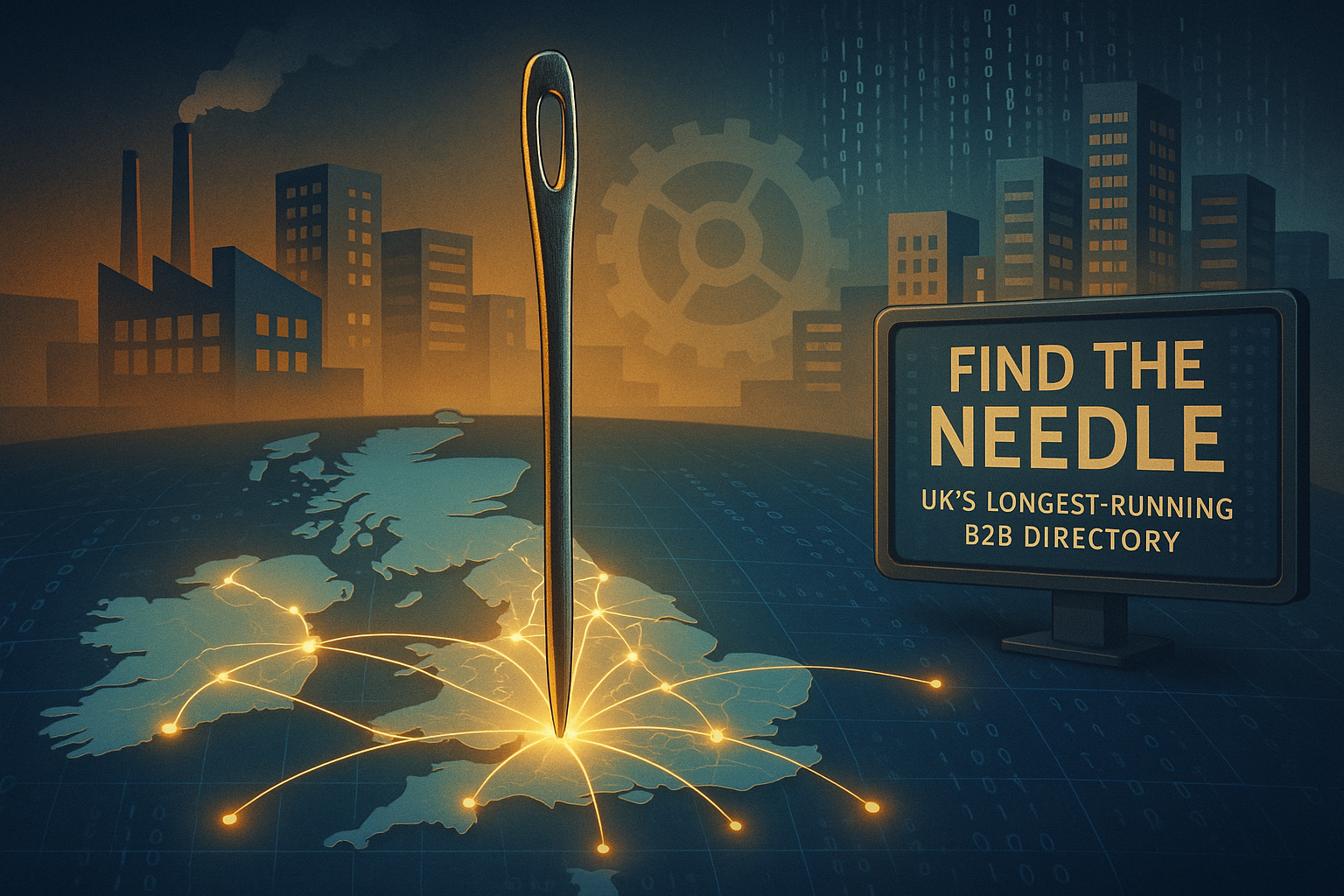6 Tips for Having a More Energy Efficient Business
- 14 Mar 2019
- Articles
Consult Your Colleagues
Doing things alone is usually not that effective, especially when running a business. If you are looking to substantially save on energy, everyone in your organization needs to be on board. If you are the boss, appoint someone to be in charge of looking for ways reducing energy consumption. The person should report any waste and contribute ideas for doing things differently. Visit Josco Energy Con for ideas and inspiration on how to become more energy efficient.
Look Around You
If you notice people wearing light clothing, then you can afford to turn down the heating. If you notice lights on when not needed, consider installing a sensor. If you come across machinery that’s left on when not in use, turn it off and encourage the employees to improve on such. Keep in mind that for this to become a habit, you need to inspire them by taking lead in saving energy.
Hold an Energy Audit
Regularly taking meter readings and comparing them over several months is an excellent idea. According to Carbon Trust, if your company produces something tangible, it’s a good idea to measure energy consumption per item. This enables to spot patterns and identify key areas where changes with the aim of saving energy could be made. As such, arrange for an energy audit.
Turn Down the Heating
Unless the premises is too cold for comfort, ensure that your thermostat stays at 66F or 19C. Each time you increase the temperature by one degree, the heating costs increase by around 8%. Instead, encourage your employees to wear warmer clothes when it is relatively cold. The advancement in technology has enabled us to control temperature immensely, but no one really needs the air around them to be greater than 19C.
Install Sensors for Your Lights
It is also advisable to install lights with motion sensors and link those in the restrooms to the extractor fan. Also, label control switches and equipment so that it is clear how to switch something on when required.
Switch Things Off
Where possible, you should ensure that all equipment and machinery are switched off overnight or when not in use. This is an obvious thing in regards to saving energy, but not one that’s practiced often enough. Single computer plus monitor left on for an entire day and night will cost you over $60 per year. Switching off the computer overnight and enabling standby features cuts this to $20 per year. For shared devices like water coolers and photocopiers, you can fit a timer to ascertain that they’re turned off during off hours. There are products out there that enable you to switch off computers remotely or automatically when not in use. However, it’s cheaper to encourage people to switch them off.







